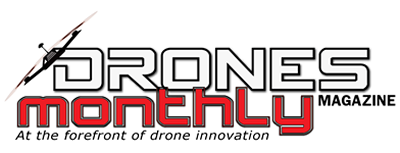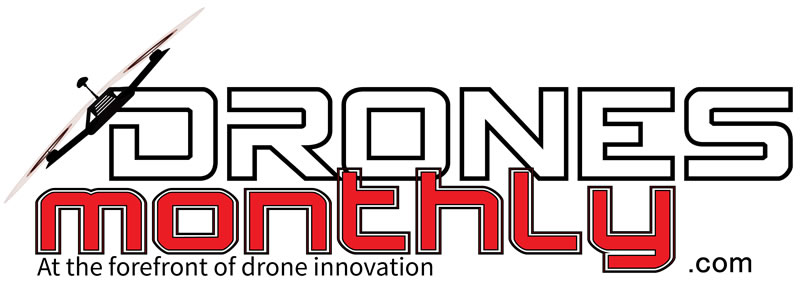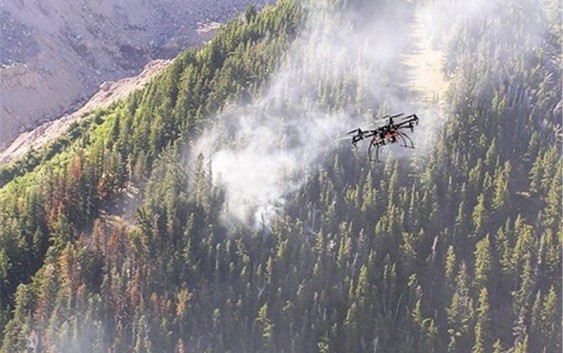Drones and emerging infrared camera imaging technology could provide a much-needed boost to wildland firefighters in the coming years as they try to spot new fires and keep track of existing ones.
Utah Division of Forestry, Fire and State Lands spokesman Jason Curry said Tuesday a national unmanned aircraft system could be in place within the next few years to help with monitoring, measuring and eventually detecting wildfires.
“Something real-time that could notify dispatch centers is something on the horizon,” Curry said. “We’re excited to see what it does ultimately bring.”
NASA, the U.S. Forest Service and private entities are all currently looking at next-generation fire detection systems, he said.
State officials were contacted last week by NASA’s Jet Propulsion Laboratory about interest in a program employing satellites, Curry said.
University of California, Berkeley researchers also in recent years have developed plans for a system known as FUEGO, or Fire Urgency Estimator in Geosynchronous Orbit.
The system utilizes a satellite and drones equipped with infrared cameras. Researchers have said it works to identify wildfires in a similar way to how existing technology is used to spot supernovas elsewhere in the universe.
As costs of some of the technologies involved have lowered, Curry said they have become more practical options for firefighting entities with limited budgets.
“We want to keep fires small, therefore less expensive and lower impact on the landscape,” he said. “So any initiative out there that is going to help us with early detection, we’re going to be interested in looking at it.”
As it is right now, firefighters have access to some satellite imaging technology, including the MODIS, or Moderate Resolution Imaging Spectroradiometer, Curry said.
That system isn’t entirely helpful in detecting new fire starts, he said, because data often reach firefighters hours after the fire began.
With right conditions and winds, Curry said, wildfires can spread drastically during that time.
“We’ve seen fires move 50 miles an hour, so it could consume hundreds of acres in just a short time frame — minutes,” he said.
Though drones may have a future in fire detection, Curry discouraged people from taking their own drones to wildfire scenes to collect pictures and video.
Drones are illegal over most wildfire scenes, which generally have temporary flight restrictions in place, he said.
Those drones also potentially pose a danger to firefighters who are involved in fire suppression from the air, and firefighters shut down their aerial operations when a private drone is spotted, Curry said.
Though grasses may be green right now, Curry echoed the message circulated by Obama administration officials Tuesday: The risk for catastrophic wildfires will increase from July through September.
“Ultimately, we know this stuff’s all going to dry out,” he said.
Source: DeseretNews



